“Houston, we have a problem here”, exclaimed Apollo 13 astronaut John (“Jack”) Swigert tensely to the NASA Mission Control Centre (Houston); when he reported in, he was 330,000 KM away from the earth. This incident took place during the Apollo 13 moon mission on the 14th of April, 1970.
It was a huge responsibility to the flight director, namely Gene Kranz, and the Mission Control Team from Housten to bring the Apollo-13 crew back to the earth. No one knew what had happened; the only fact they knew was that something is vending out to space from the ship. Is it oxygen, fuel, oxidiser or some UFO by aliens? How can they manoeuvre the ship towards earth from a planned trajectory? Where to manoeuvre? Is the oxygen enough until they splash down on earth? The Control Centre was in the dark, for they were facing millions of possibilities spurred due to this one most uncertain scenario.
The American docudrama ‘Apollo 13’ (1995) directed by Ron Howard enacts this hair-raising scenario, which shows how the 1970s technology had to configure parameters manually and that one deviation in the details can lead to drastic and maybe fatal outcomes.
There are millions of questions to be answered by the mission control team and the onboarded astronauts. Meanwhile, keep in mind that this incident took place in the 1970s, which is 51 years ago as from today.
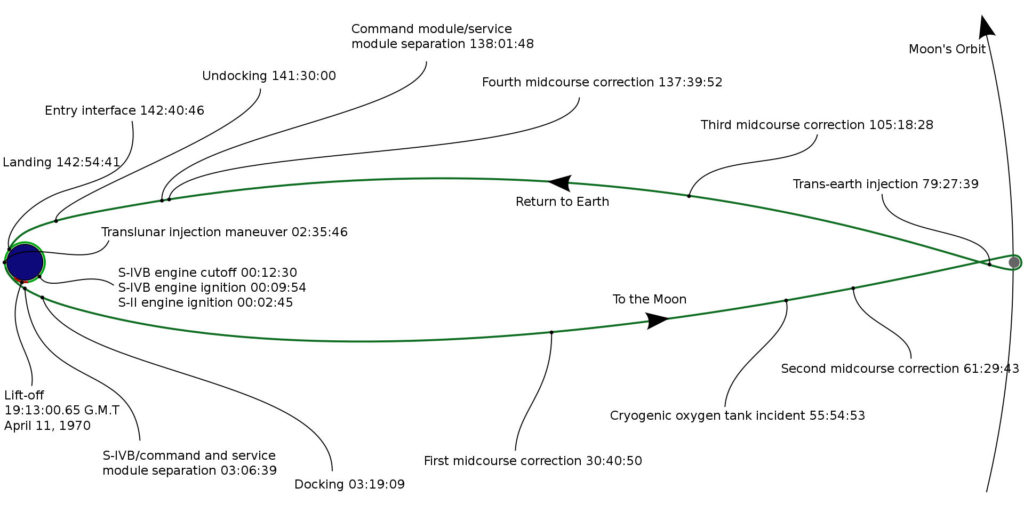
Present-day digital twins involve a remote physical asset connected to the digital model through a continuous stream of data via sensors and ‘Internet-of-Things’. That data is used to update the digital representation on the computer screen in response to real-world asset changes.
There was no Internet-of-things or real-time sensor connectivity in the 1970s. In normal operation during that time, manoeuvres are performed by the onboard computers, but much of the work had to be performed manually, especially in this unusual configuration. So the engineers did lots of engineering hacks and reverse-engineering on the spot to make several adjustments to the initial flight plan; still, a small mistake could have been terminal and left the vessel on a wrong trajectory.
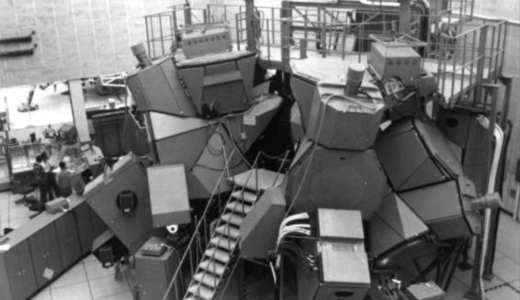
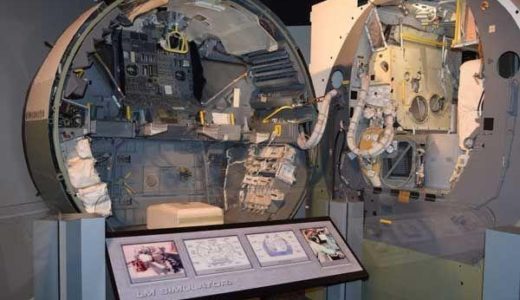
Various simulators were designed to simulate multiple situations, nevertheless, no one knows what exactly happened to the Apollo-13 flight, so it was never easy to simulate the exact situation by just relying on communication with a perturbed astronaut floating 330,000 KM away.
For example, the command module is never designed to be switched off in space. In order to save power, they have to switch off the command module and restart near the earth.
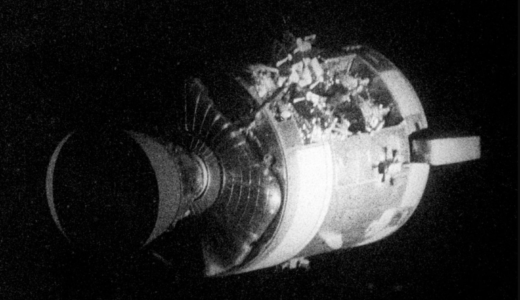
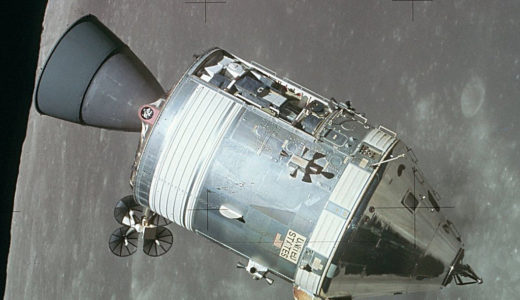
Therefore, they’ve used the existing data from the spacecraft and tuned the simulator to create twin environments on the earth; so that the engineers could come up with an idea of providing a solution to perform manual manoeuvres. Ultimately, the entire team has performed a bodacious achievement to bring back the astronauts safely to the earth and turned the greatest disaster out to be its greatest triumph, while introducing the world’s first ideation for Digital Twin Technology even before the words (Digital Twin) was coined.
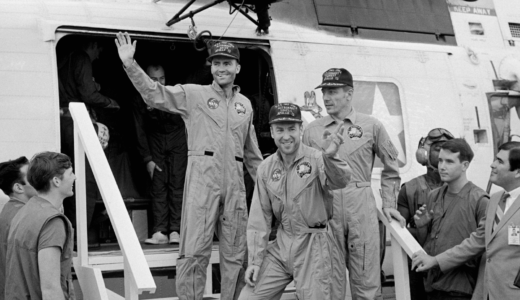
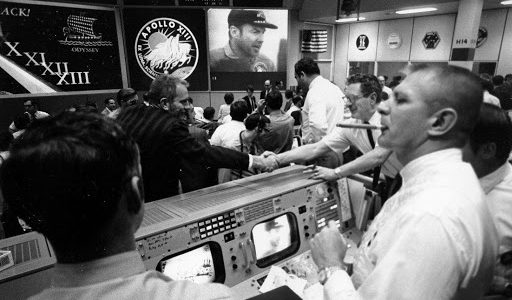
We are in 2021, and we talk about Internet-of-things, digital twins, predictive analytics from the past decade. I believe that the fundamentals of digital twins can be learnt from the Apollo 13 mission.
Representing the Physical: Digital twins are most useful when representing physical assets that are out of direct human intervention.
Connected in real-time: Digital twins require a real-time, two-way connection to the physical asset, which is a key requirement of a digital twin.
Modern digital twins use Internet-of-Things, Sensors, past data (Big Data), Trained AI / ML Models to achieve this aim; NASA achieved the same purpose with advanced telecommunications, including two-way data communication.
Highly Responsive: Digital twins must be flexible enough to react to changes in the physical asset. NASA was able to reconfigure their existing simulators in a matter of hours to reflect a configuration that had never been envisaged during their design and use those simulations to provide critical information to the onboard crew.
Predictable: In-order to predict the aspect of fault in the physical assets, modern digital twins use past data to train the Machine Learning Models and predict the failures in advance. NASA used more than 10 different simulators to master the various aspects of the mission.
I doubt whether many modern digital twins could have been deployed immediately after critical damage to their physical assets?
There are justifiable answers by modern engineers.
- Multiple Protocols: Internet-of-things and sensors are involved with various sensors with different types of protocols such as PLC, MQTT, OPC, ModBus, etc. So, it is not easy to handle everything in a single point to build a grand unified model.
- Multiple Software Systems: A large company uses multiple systems to manage their full operations and supply chains, those are usually supplied by multiple vendors. Such as SAP system for the ERP, another vendor for Building Management, Warehouse Management, Robotics Fleet Management. . So, it is not easy to integrate with a single point to build a grand unified model.
- Understanding the fundamentals of Digital Twin: Scheduling, condition monitoring & visualisation is not digital-twin. But, the digital-twin should be able to predict, prevent & prescript failures in the physical assets because the expectation of the digital-twin is kept increasing.
Finally, if you wonder what Cerexio has to do with all of this: Cerexio Digital Twin is a grand unified system inheriting multiple features under a single umbrella. It houses all the technological tools required to execute a project confidently, ensuring asset performances at any given point or under any unprecedented outcome.
- Cerexio AxonTM multi-protocol broker: This is a next-gen multi-protocol broker that can connect any type of sensor, which is capable of handling more than a billion events per second.
- Cerexio Integration Platform: This proprietary Cerexio product allows seamless integration between your in-house information systems, SaaS Applications, Cloud Platforms and other data sources. The user-friendly, visualised interface of this not-to-be-missed solution will enable you to configure your integrations and deploy them into the aptest network frames.
- Cerexio NuroxioTM self-service AI: This new age solution is tailored by fusing Machine Learning services and AI models, which you can develop and employ to execute your organisation’s processes effortlessly. Your corporate-specific demands can be implemented with your very own trained AI models while ensuring optimal data security.
- Cerexio AssetSenseTM Self-service Predictive Analytics Platform: Cerexio Predictive Analytics Platform is powered by modern technologies that enable you to manage and maintain your corporate assets under a single glass pane. It allows you to keep track of probable asset failures beforehand and have a comprehensive understanding of your equipment’s actual performance and lifecycle progressions.
- Cerexio CloudGateTM – This is a sophisticated data management solution that enables smart Hadoop auxiliary service deployments while intelligently simplifying the data-carrying pipelines of your data infrastructure; Cerexio CloudGate is a must-capitalise modern technological solution for your data-heavy organisation.
Cerexio Digital Twin can is undoubtedly the most competent technological solution of the new age that could guide you towards evading circumstances as faced by the Apollo 13 team in the 1970s. Our proprietary Digital Twin has proved to be handy during unforeseeable context, which can be immensely detrimental for your organisation financially and within the aspect of safety. Adopt this solution to dodge uneventful asset failures and keep track of your remote assets’ current performances without any difficulty. Connect with us to learn how this solution can enable your company’s technological conveniences, specifically; because Cerexio Digital Twin is the latest and the most advanced Digital Twin in vogue in the technology world.
